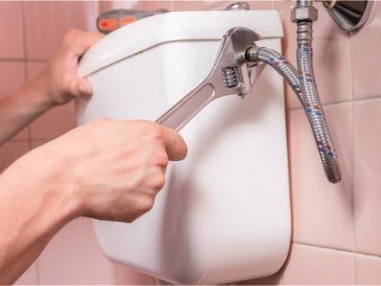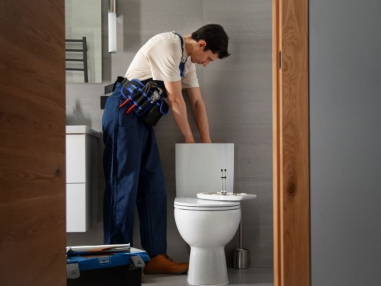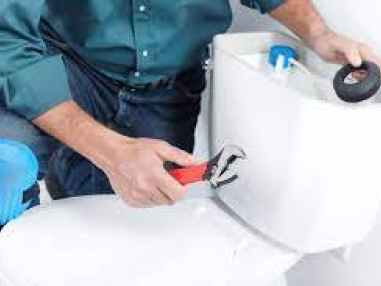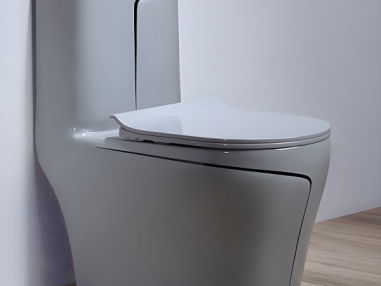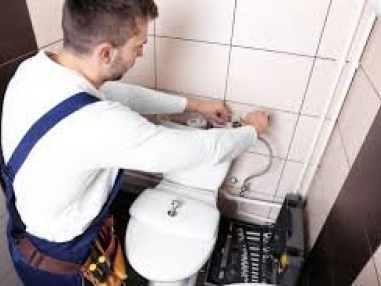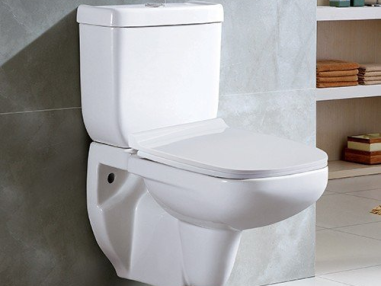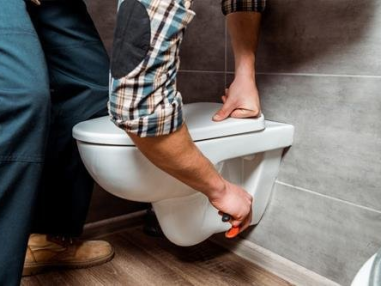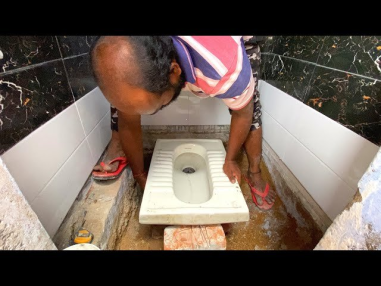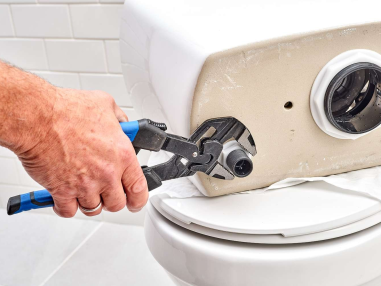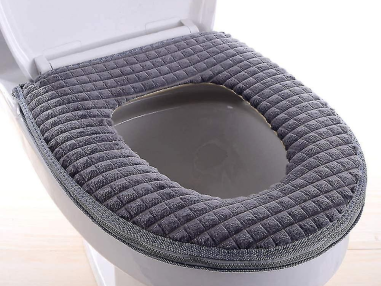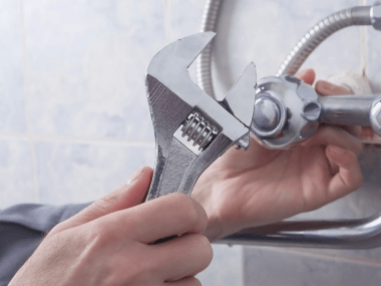

Here are some methods you can try to remove a toilet blockage, ranging from simple DIY techniques to calling a plumber.
Before you begin:
Safety first: Wear rubber gloves to protect your hands and avoid splashing. Open a window for ventilation if using chemical drain cleaners.
Gather your tools: You might need a plunger, a bucket (for overflow), a wire coat hanger (straightened), or a commercial drain snake.
DIY Methods:
Plunging: This is the most common and often effective method for toilet clogs.
Regular plunger:
Ensure the toilet bowl has enough water to cover the plunger cup.
Place the plunger cup over the toilet hole and plunge vigorously for 15-20 plunges.
Listen for a sucking sound and observe if the water level starts to recede. Repeat if necessary.
Accordion plunger:
This type is designed specifically for toilets.
Follow the manufacturer's instructions for proper use with your toilet model.
Hot Water and Dish Soap:
Boil a pot of water (around 4 liters).
Carefully pour the hot water into the toilet bowl.
The heat can help loosen greasy clogs.
Let it sit for 10-15 minutes, then flush to see if the clog dislodges.
You can add a cup of dish soap to the hot water for additional lubrication.
Wire Coat Hanger:
Straighten a wire coat hanger and bend one end into a small hook.
Carefully insert the hooked end into the toilet drain opening.
You might be able to snag and remove the clog material.
Be cautious not to push the clog further down the pipe.
If DIY methods fail:
Commercial Drain Cleaner:
Read the label carefully and follow all instructions and safety precautions.
These products can be harsh on pipes, so use them only as a last resort and according to the recommended dosage.
Call a Plumber:
If the clog persists after trying the methods above, it's time to call a professional plumber.
They have the tools and expertise to diagnose and remove stubborn clogs or blockages located deeper in the plumbing system.
Additional Tips:
Preventative measures: Avoid flushing anything other than toilet paper and human waste.
Toilet seat lid: Keep the toilet seat lid closed to prevent accidental splashing and objects from falling into the bowl.
Regular plunging: An occasional preventative plunge can help loosen minor buildup and prevent future clogs.
By following these steps, you can attempt to remove a toilet blockage yourself. If the clog persists or you're uncomfortable with DIY methods, don't hesitate to call a professional plumber to avoid causing further damage to your plumbing system.
